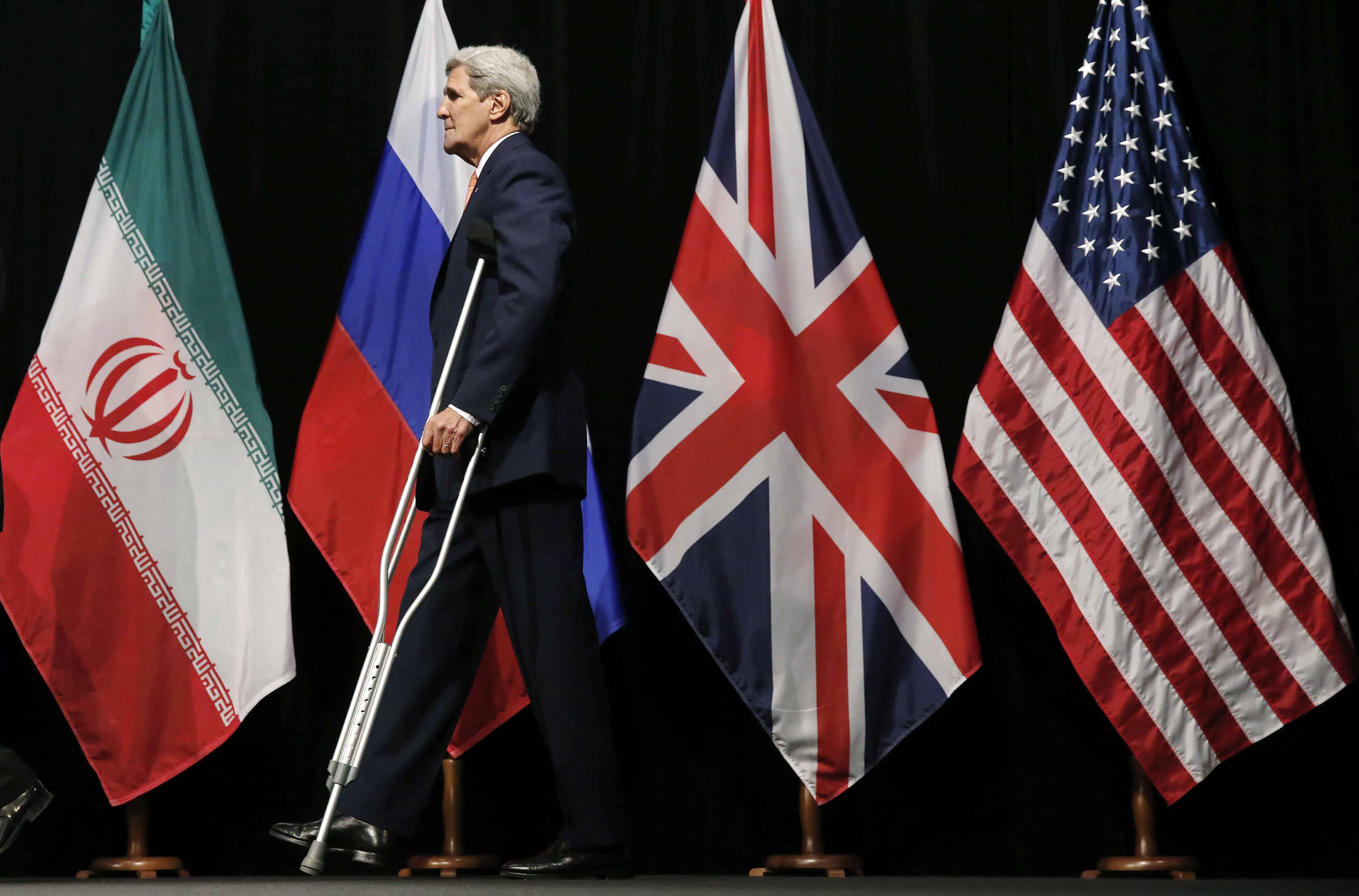WASHINGTON — After more than two weeks of wrangling and missed deadlines in Vienna, Iran and its international interlocutors have finally clinched a historic accord over Tehran’s nuclear program. The diplomacy with Iran, which throughout has had its vociferous opponents, was aimed at curbing the Islamic Republic’s ability to produce a nuclear weapon. A tentative framework was inked in April between Iran and its negotiating partners, which include the United States, Russia, Britain, France, China and Germany.
The deal’s proponents argue that talks have yielded the best guarantee possible that Iran won’t be able to move toward nuclear weapons, while also, for the time being, reducing the risk of yet another military escalation in the Middle East.
“This deal offers an opportunity to move in a new direction. We should seize it,” President Barack Obama said Tuesday.
Here’s a guide to how it works.
Extending the breakout time
The main benchmark by which analysts gauge Iran’s ability to produce an atomic bomb is the “breakout” time — the time needed for Iran to enrich enough uranium to assemble a nuclear warhead. It’s currently estimated at around a couple months; under the terms of the deal, that frame has been extended to at least one year.
The implication here is key: One year gives world powers enough time to mobilize action to interrupt Iran’s pathway to a bomb. The extended breakout time also presents in its own right a strategic obstacle to Iran’s leadership, raising the stakes if it ever considered rushing toward building a nuclear arsenal. To be sure, Tehran has always insisted that it has no interest in obtaining a nuclear weapon, but its covert activities in the past raised the world’s suspicions and led to a tough series of international trade, banking and financial sanctions.
Iran’s nuclear facilities
The deal focuses on limiting Iran’s ability to produce and maintain the fissile material needed to build nuclear weapons. Along the lines of the April agreement, Iran will cut its current number of centrifuges — the devices used to enrich uranium gas — from 19,000 to 6,000. Its stockpile of enriched uranium will be reduced from 12,000 kilograms to 300.
The heavy-water reactor at Arak will be re-engineered so that it can only produce one kilogram of plutonium a year, a very small amount. Its spent fuel will be shipped out of the country. Iran has committed to not building another similar reactor for the next 15 years.
Uranium enrichment at the underground facility in Fordow — a concern because some outside observers believe it would be difficult to hit with an airstrike — will be strictly curbed. Iran will be prevented from bringing fissile material into the site over the next 15 years, it will lose more than half of its 2,800 centrifuges and be converted into a nuclear physics research center.
In all these instances, the deal outlines tight guidelines for monitoring and verification by the IAEA, the U.N.’s atomic agency. IAEA inspectors will be granted regular access to all these major nuclear sites and also monitor the country’s nuclear infrastructure, from its uranium mills to centrifuge storage facilities, for up to 25 years.
The Israeli newspaper Haaretz unpacks how access will be guaranteed at Iran’s most sensitive sites:
According to the agreement, UN inspectors will be able to enter any suspect facility in Iran within a maximum period of 24 days. Iran will be able to present reservations to the IAEA’s requests to visit suspicious facilities. In such cases, a special arbitration committee will be established to make a decision. The committee will include representatives of the six world powers, Iran and the European Union. Iran will be in the minority, with only Russia and China holding positions close to Tehran’s.
Sanctions
The deal, in the next week to 10 days, will be sent to the U.N. Security Council — Iran’s negotiating partners included all the permanent members of the Security Council and Germany. There, it will be codified by a new resolution once the IAEA certifies that Iran has stuck to its commitments regarding its enrichment capabilities.
This will lead to the Security Council dropping its wide-reaching sanctions on the Iranian regime, which has crippled the country’s economy. If it violates any terms of the deal, sanctions could be snapped back on Tehran within 65 days.
Separately, a U.N. embargo on conventional weapons sales will be lifted within five years, a ban on missile sales to Iran within eight years. In the last few heated days of talks, this particular element of the dispute appeared to be the most intractable, with Russia pushing aggressively for an end to the arms embargo, but it appears both sides have met half way.
Oil prices have already dropped at the prospect of the Iran’s huge petroleum industry returning to the fold.
© 2015, The Washington Post






